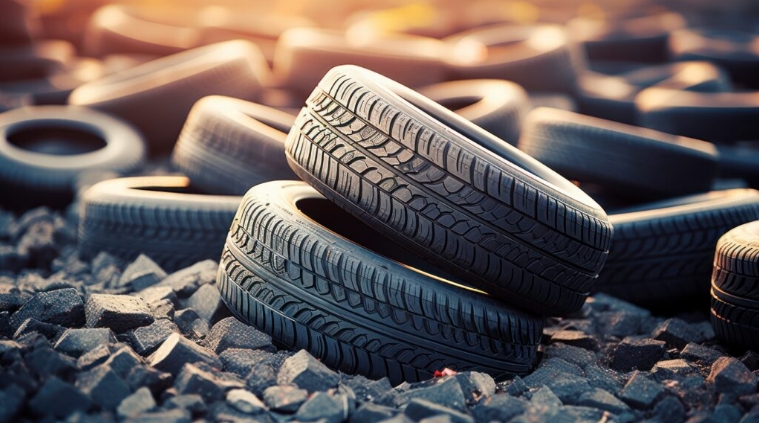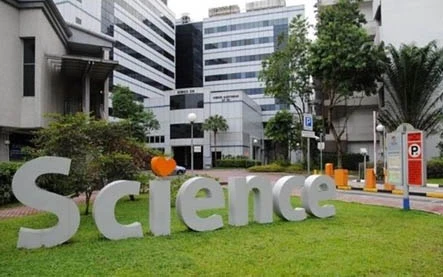


One of the biggest issues facing the transportation ecosystem is scrap tyre disposal. When no longer suitable for use on fleet because of wear or irreparable damage, used tyres can become a huge ecological problem. About half a billion tyres are scrapped each year in North America from passenger cars only; add to that trucks, buses, off-the-road (OTR) vehicles, heavy machinery, etc.
Traditionally, old tyres went to landfills (at times, offshore) or were burnt. Burning old synthetic rubber tyres releases dangerous toxins and pollutes the atmosphere. And since old tyres are not biodegradable (needing centuries to self-decompose), they take up more and more space in landfills over time, while becoming breeding grounds for rats and mosquitoes.
Before various states in the US and provinces in Canada began to pass scrap tyre laws in the 1980s, there were about 3 billion tyres stockpiled in landfills across North America. Over 80% of those stockpiled tyres have since been treated successfully. Old tyres have gone from an environmental nuisance to a processing industry over the last 25 years. According to the American Environmental Protection Agency, about 85% (some 340 million) scrap tyres now get recycled each year, but the demands to care for discarded tyres continue to rise.
Rheology of the devulcanised rubber was established to calculate the required curing agent and accelerator using mixture composition details of the devulcanised rubber. Moulded slabs and buttons of the newly mixed rubber defined mechanical properties. Samples were tested under tension and compression, and for density, hardness, abrasion, upon moulding and after ageing for 72 hours under 150°C.
We Value Your Privacy.
Our website uses cookies to improve your experience. By clicking "Accept All Cookies", you agree to the storing of cookies on your device to enhance site navigation, analyze site usage, and assist in our marketing efforts.
 English
English 日本語
日本語 한국어
한국어 français
français Deutsch
Deutsch Español
Español italiano
italiano русский
русский português
português العربية
العربية tiếng việt
tiếng việt





